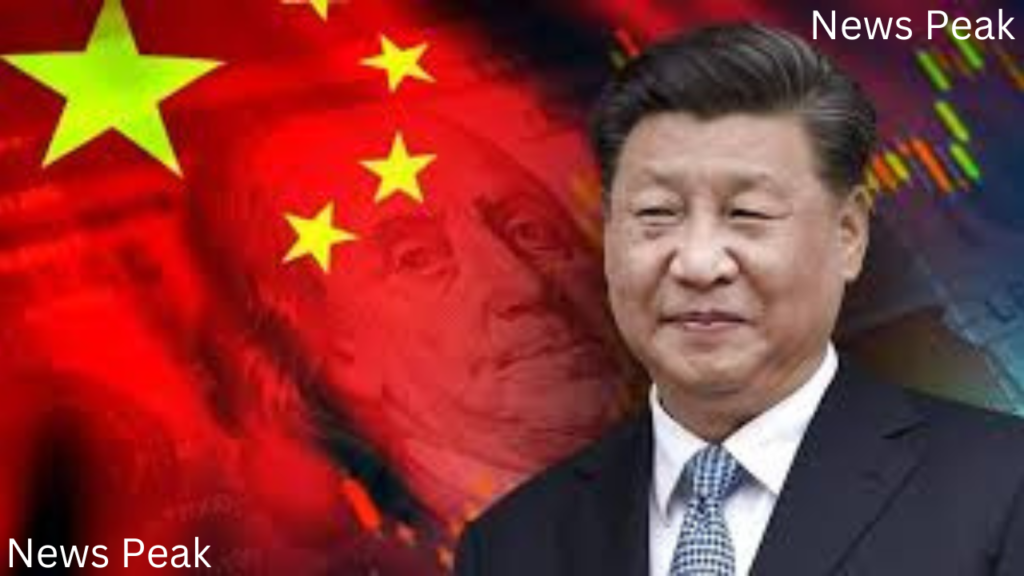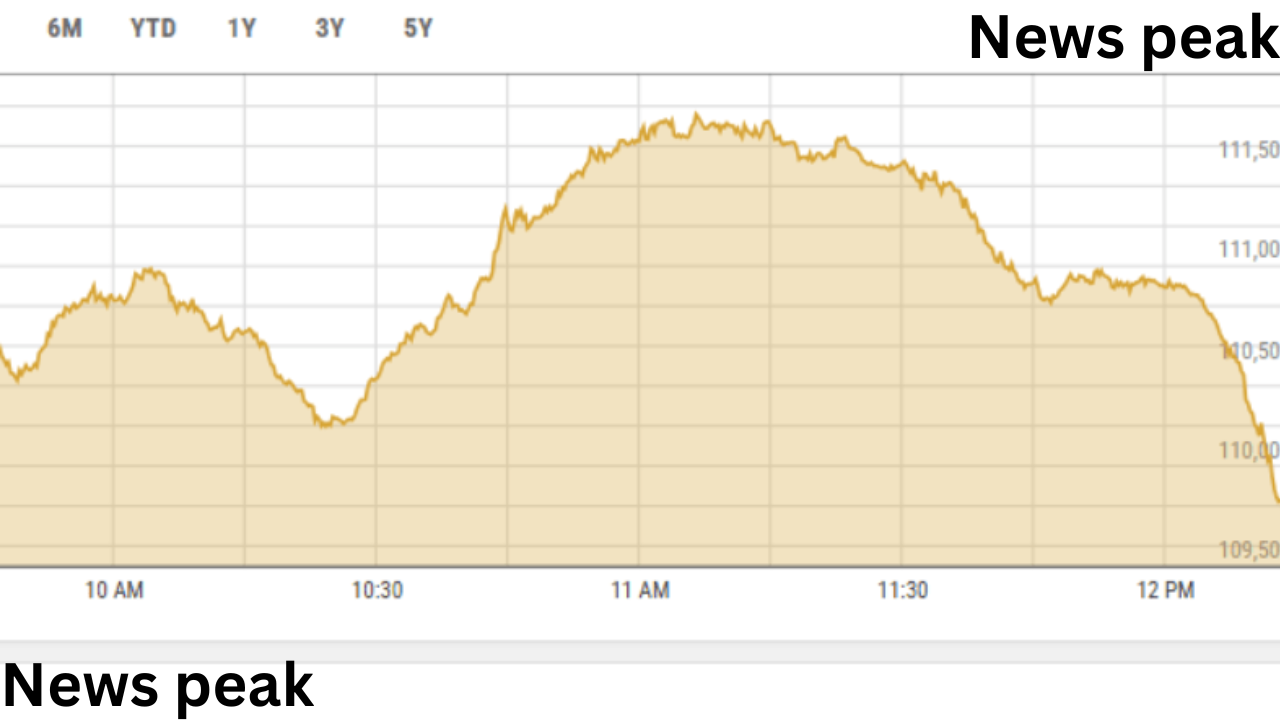
China’s finance minister stated Tuesday, according to state media, that the country will increase its deficit to increase spending next year as Beijing attempts to support its faltering economy.
The second-largest economy in the world has long struggled with rising government debt, a lingering real estate crisis, and weak domestic demand.
This year, Beijing announced a number of bold policies to support growth, including lowering borrowing rates, lifting homebuying restrictions, and relieving local governments of some of their debt.
In order to support domestic demand and bring China’s economy back to full health, economists have called for greater direct fiscal stimulus.
China would “increase the fiscal deficit ratio to boost spending intensity,” according to Finance Minister Lan Fo’an, who made the announcement at a Beijing conference on Tuesday, according to state broadcaster CCTV.
“Beijing would also increase transfer payments to indebted local governments and concentrate more on improving livelihoods and encouraging sluggish consumption,” Lan said.
Fearful of accruing more debt, Beijing has always been hesitant to increase government expenditure in an attempt to recover from its economic woes.
The language signaled a departure from the government’s prior dedication and a move toward caution.
President Xi Jinping has demonstrated confidence in reaching China’s stated national GDP objective of approximately 5% this year, but many analysts predict it will fall just short.
China’s GDP is predicted by the International Monetary Fund (IMF) to expand by 4.8 percent this year and 4.5 percent the next year.
The amount of new spending might be “lower than it looks on the surface,” Gary Ng, Senior Economist for Asia Pacific at Natixis, reportedly told AFP.
According to Ng, the current policy is less about accelerating growth and more about controlling it within a range that senior policymakers find manageable.
For global and Pakistani perspectives on tech, business, and finance, follow Dawn Business on Facebook, Instagram, LinkedIn, and Twitter.








